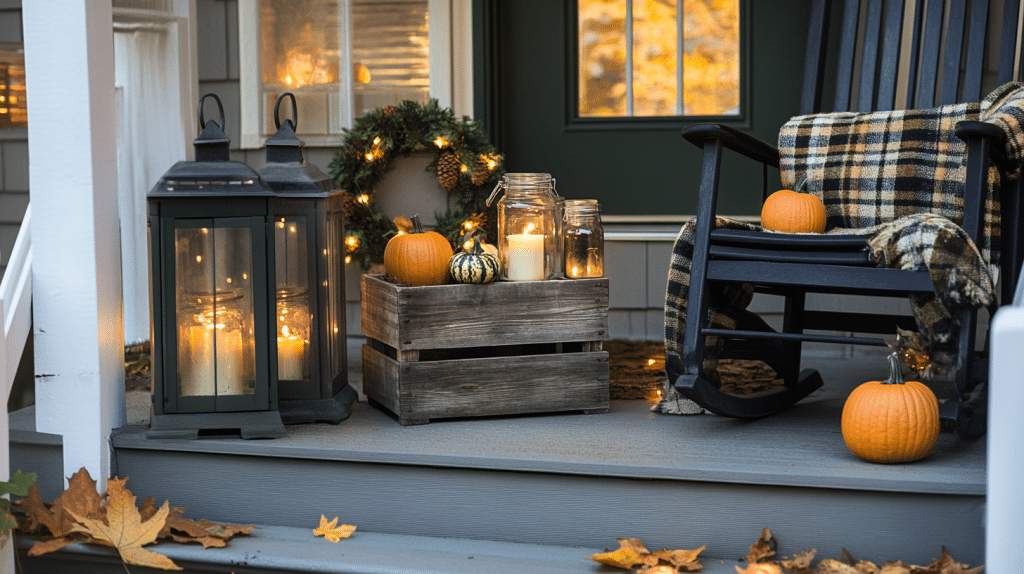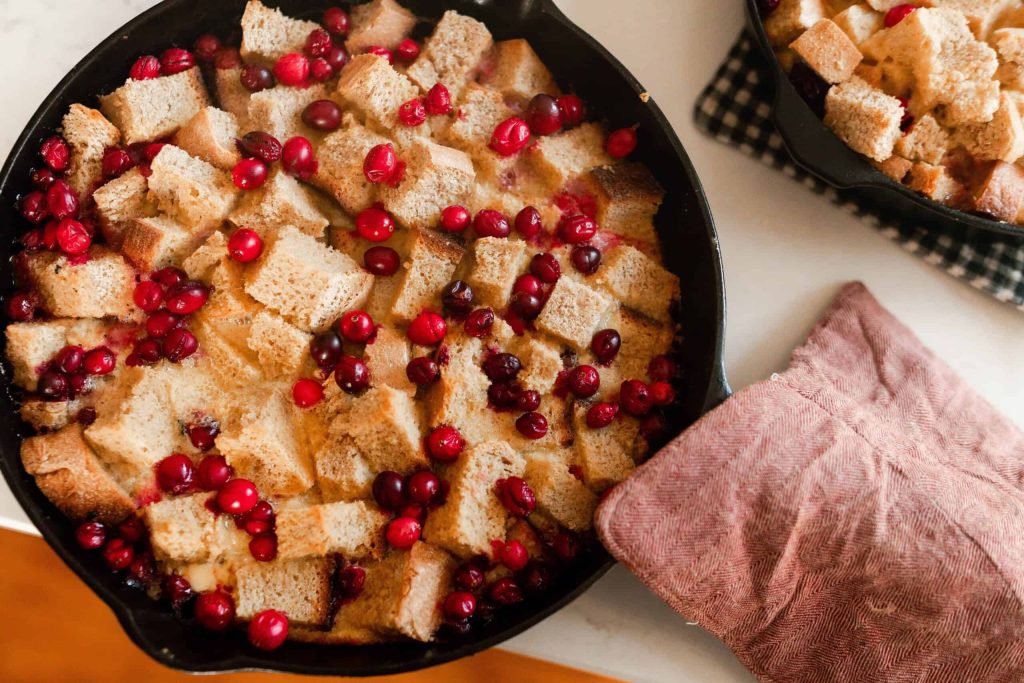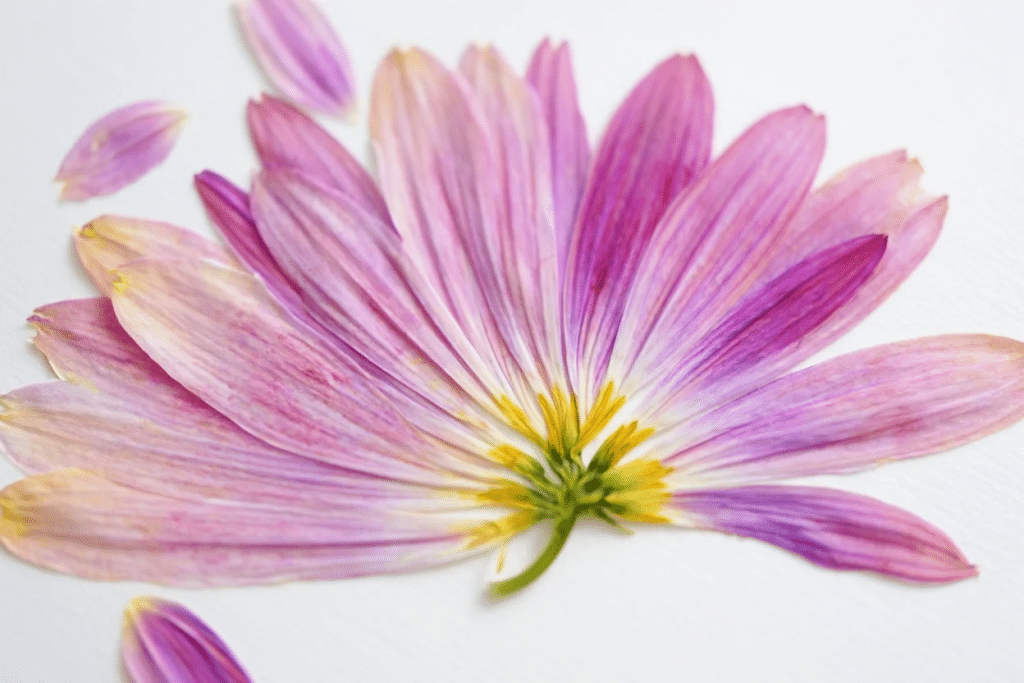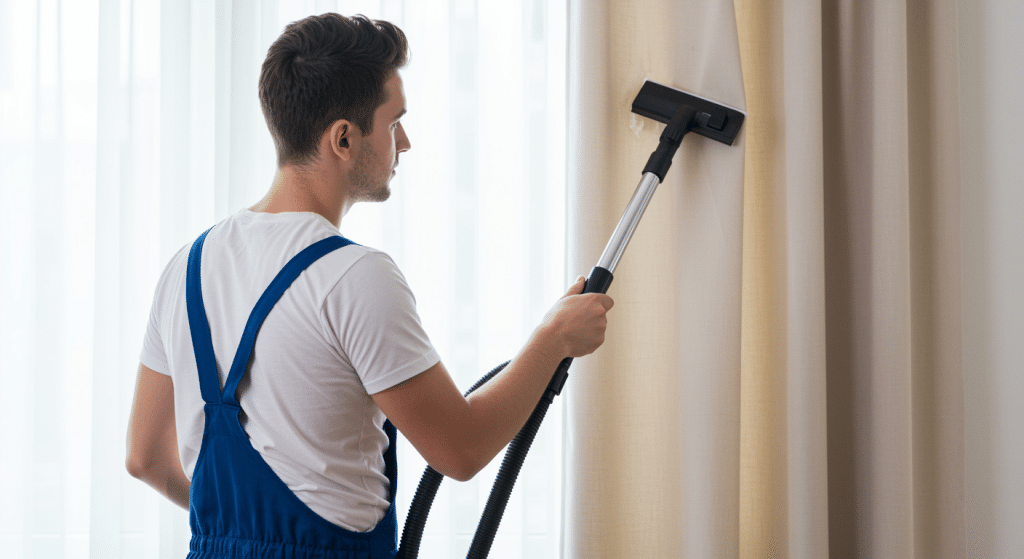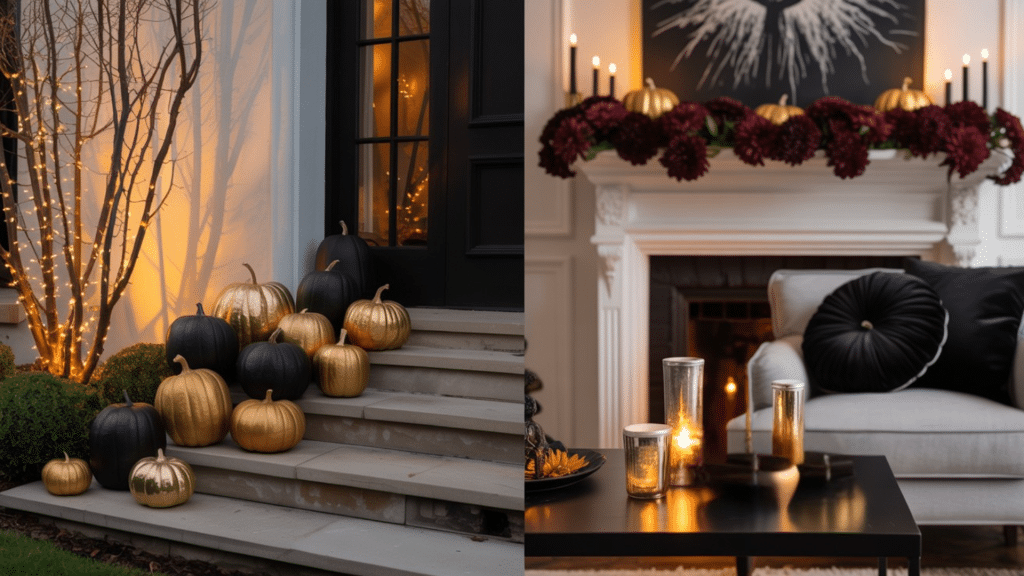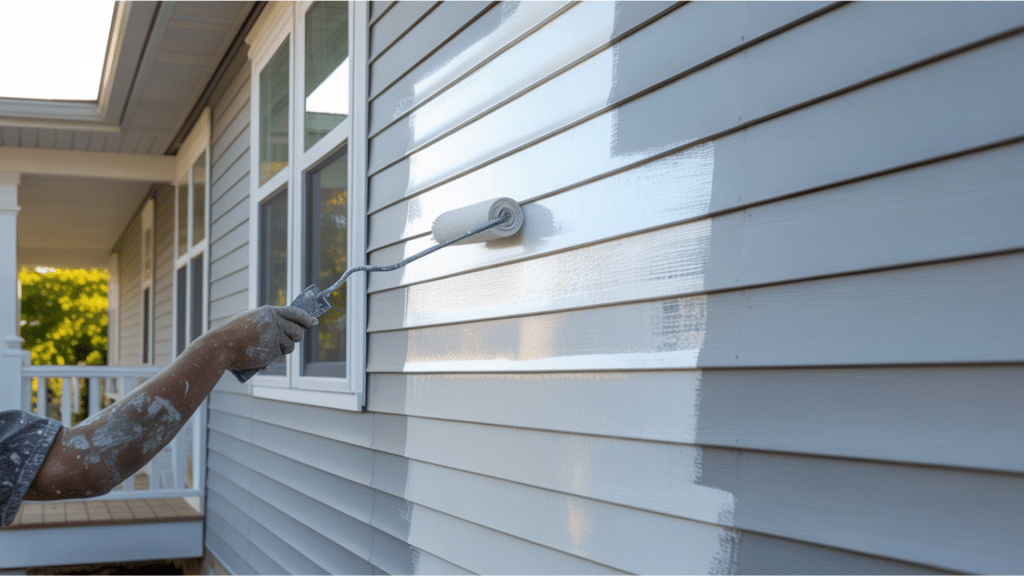Looking a bit pale after winter? I get it. We all want that sun-kissed look without the harmful UV rays. Finding the right colors to wear can instantly make your skin tone look warmer and glowing.
I’m going to show you how to use color to your advantage. With the right shades in your wardrobe, you can make your skin appear more tan without stepping foot on a beach.
In this post, I’ll share which colors create the best contrast with your skin, how to pick shades that complement your natural tone, and simple tips to increase your complexion through clothing choices.
These color tricks will help you look like you just returned from vacation no sun damage required!
Understanding the Science Behind Color and Skin Tone
Colors and skin tones have a special relationship. The shades you wear can change how your skin looks to others. This isn’t magic; it’s simple science at work!
1. Color Theory Basics
Colors aren’t just pretty things we see. They interact with each other in ways that affect our eyes. When I wear certain colors next to my skin, they create visual effects that can make me look more tan or paler.
This happens because light reflects off the fabric and onto my skin. Dark colors absorb more light, while bright colors reflect it. This reflection can cast subtle tints onto nearby surfaces, including your skin!
2. Contrast and Complement
There are two main ways colors work with skin: through contrast or complement. Contrasting colors sit opposite each other on the color wheel. When placed side by side, they make each other look more intense. For example, if I have warm skin with yellow undertones, purple (yellow’s contrast) will make my tan pop more.
Complementary colors, on the other hand, are similar to your skin tone but slightly increased. These colors work with your natural shade instead of against it. If I have olive skin, earthy greens might increase my natural color rather than fight against it.
3. Visual Impact
The right color can make skin appear darker, while the wrong one can wash you out. Bright white clothing tends to make most skin tones look darker by comparison. That’s why white shirts are so popular in summer!
Dark colors like navy or black can also make the skin look more tan by creating a strong contrast. However, colors that closely match your skin tone (like beige or tan for light-to-medium skin) can make you look washed out.
Cool colors like blues and greens might make warm skin tones appear less tan, while warm colors like oranges and reds can bring out golden undertones in your skin.
Understanding: What Colors Make You Look Tan
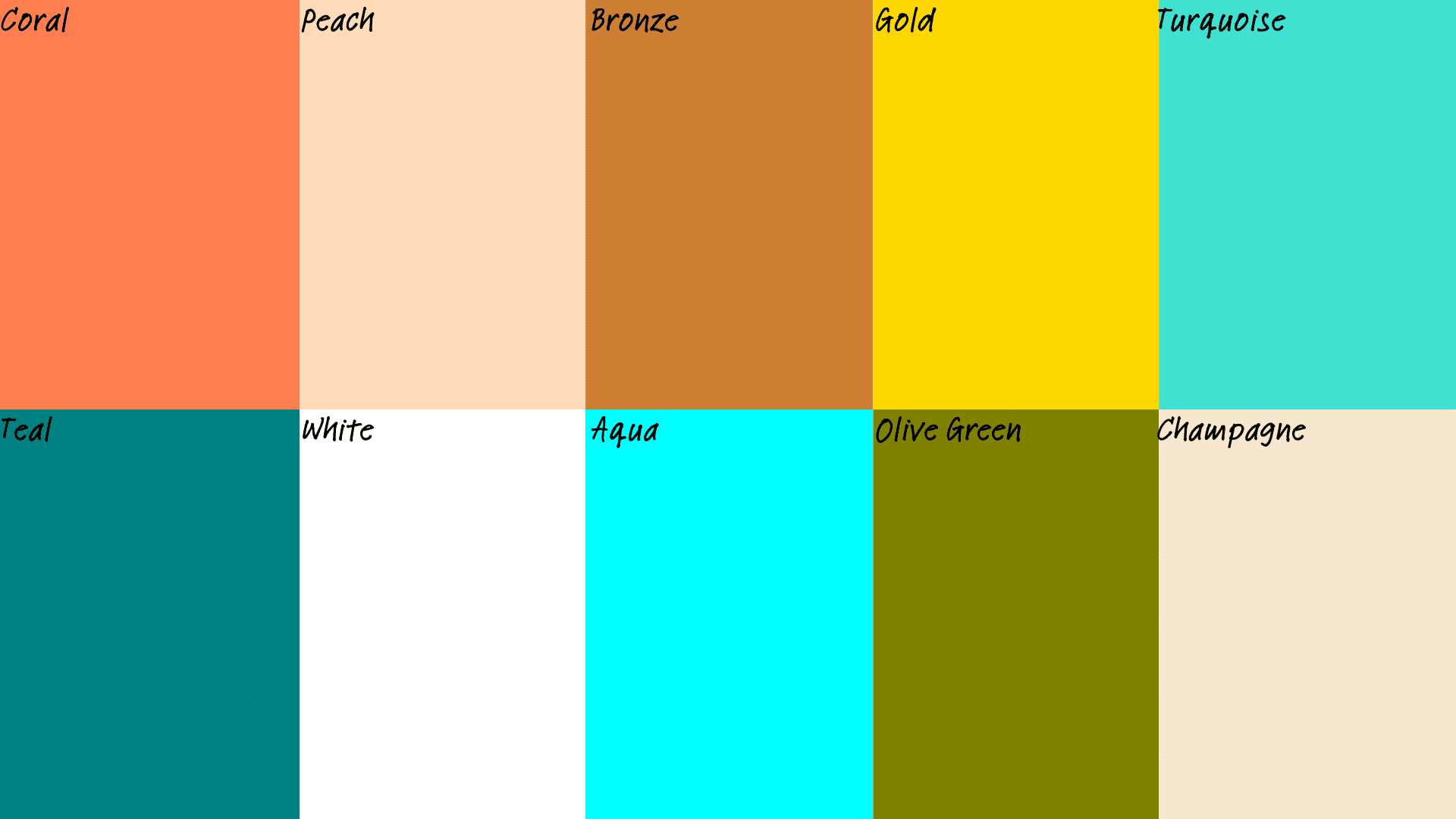
1. Coral
Coral is a warm, bright color that contains both pink and orange undertones, which complement the golden and bronze hues found in tan skin.
Its bright, tropical feel increases the warmth of a tan, making the skin look more radiant and sun-kissed. Coral adds a youthful, fresh vibe and gives a natural, healthy glow that highlights the skin’s tan depth.
2. White
White is a classic, high-contrast color that increases the richness of tan skin. It creates a sharp visual separation, making the tan appear more pronounced.
The simplicity of white allows the skin’s golden tones to pop, while its clean, crisp nature helps bring out the warmth of a natural tan.
White reflects light beautifully, adding to the illusion of a deeper, more glowing tan.
3. Gold
Gold is a rich metallic color that naturally complements tan skin by reflecting light and highlighting its warm undertones.
The warmth in gold increases the golden, bronze shades of a tan, making the skin appear more luminous and glowing.
It adds a touch of beauty and class, intensifies the sun-kissed look while contributing to an overall radiant appearance. Gold is perfect for creating a stunning, glowing effect on tan skin.
4. Turquoise
Turquoise is a cool, refreshing color that contrasts beautifully with tan skin, bringing out the warmth of the tan while adding a pop of colorful energy. The blue-green undertones of turquoise create a striking balance, making the skin appear even more radiant.
This color increases the glow of a tan without overwhelming it, giving off a tropical, beachy vibe that complements sun-kissed skin perfectly.
5. Peach
Peach is a soft, warm color that harmonizes with tan skin by increasing its natural warmth.
The delicate mix of pink and orange in peach accentuates the golden undertones of a tan, providing a fresh and radiant appearance.
This color offers a subtle, natural glow that doesn’t overpower the skin, making it an ideal choice for increasing the tan without clashing or dulling the warmth of the complexion.
6. Bronze
Bronze is a rich, metallic shade that amplifies the natural warmth in tan skin. Its deep, earthy tones mimic the sun’s effect on the skin, creating a seamless, glowing look.
The reflective qualities of bronze increase the tan’s depth, adding a touch of classiness and a radiant, sun-kissed glow. It’s the perfect color for making your tan appear deeper and more luxurious, especially for evening looks.
7. Olive Green
Olive green is an earthy, muted tone that pairs wonderfully with tan skin, increasing the natural golden and brown undertones.
This color brings out the warmth of the tan without competing with it, offering a grounded, stylish look.
8. Aqua
Aqua is a bright and cool shade of blue that contrasts beautifully with tan skin, making the tan appear even more colorful and glowing. The fresh, tropical nature of aqua brings out the warmth of a tan while maintaining a refreshing and crisp look.
9. Teal
Teal is a bold, deep combination of blue and green that works wonderfully with tan skin. The color’s richness adds a classy touch, while the cool undertones contrast against the warm hues of a tan, making the skin appear even more radiant.
Teal increases the color of a tan, drawing attention to its natural glow without overpowering it. It’s an ideal color for making a tan stand out, adding a beautiful pop of color to your wardrobe.
10. Champagne
Champagne is a soft, warm, and neutral color with golden undertones that beautifully complements tan skin. The subtle metallic shimmer of champagne increases the warm, sun-kissed glow of a tan, adding a touch of beauty and radiance.
This color creates a seamless blend with tan skin, making the complexion look luminous and glowing. Champagne is perfect for increasing a tan in a classy way, whether in casual or formal attire, offering a refined and radiant finish.
Here’s the table with the colors, their undertones, best-suited skin undertones, and their effect on tan skin:
| Color | Undertones | Best Suited Skin Undertone | Effect on Tan Skin |
|---|---|---|---|
| Coral | Pink and Orange | Warm and Neutral | Increases warmth and color, making the tan appear more radiant. |
| White | Neutral | All | Creates a high contrast, making the tan look deeper and more pronounced. |
| Gold | Yellow and Red | Warm | Increases the golden tones of a tan, adding a glowing, sun-kissed effect. |
| Turquoise | Blue-Green | Warm | Brings out the warmth of the tan while providing a tropical, cool contrast. |
| Peach | Pink and Orange | Warm | Accentuates the natural warmth of a tan, providing a soft and fresh appearance. |
| Bronze | Copper and Red | Warm | Deepens the warmth of the tan, creating a luxurious, glowing look. |
| Olive Green | Yellow-Green | Warm | Complements the tan by increasing its golden undertones, providing a natural look. |
| Aqua | Blue-Green | Warm | Provides a fresh, colorful contrast, making the tan appear glowing and bright. |
| Teal | Blue-Green | Cool and Warm | Increases the color of the tan, giving a bold, classy pop of color. |
| Champagne | Golden and Beige | Warm | Adds style and radiance, increasing the tan with a warm, glowing effect. |
Colors to Avoid for a Natural-Looking Tan
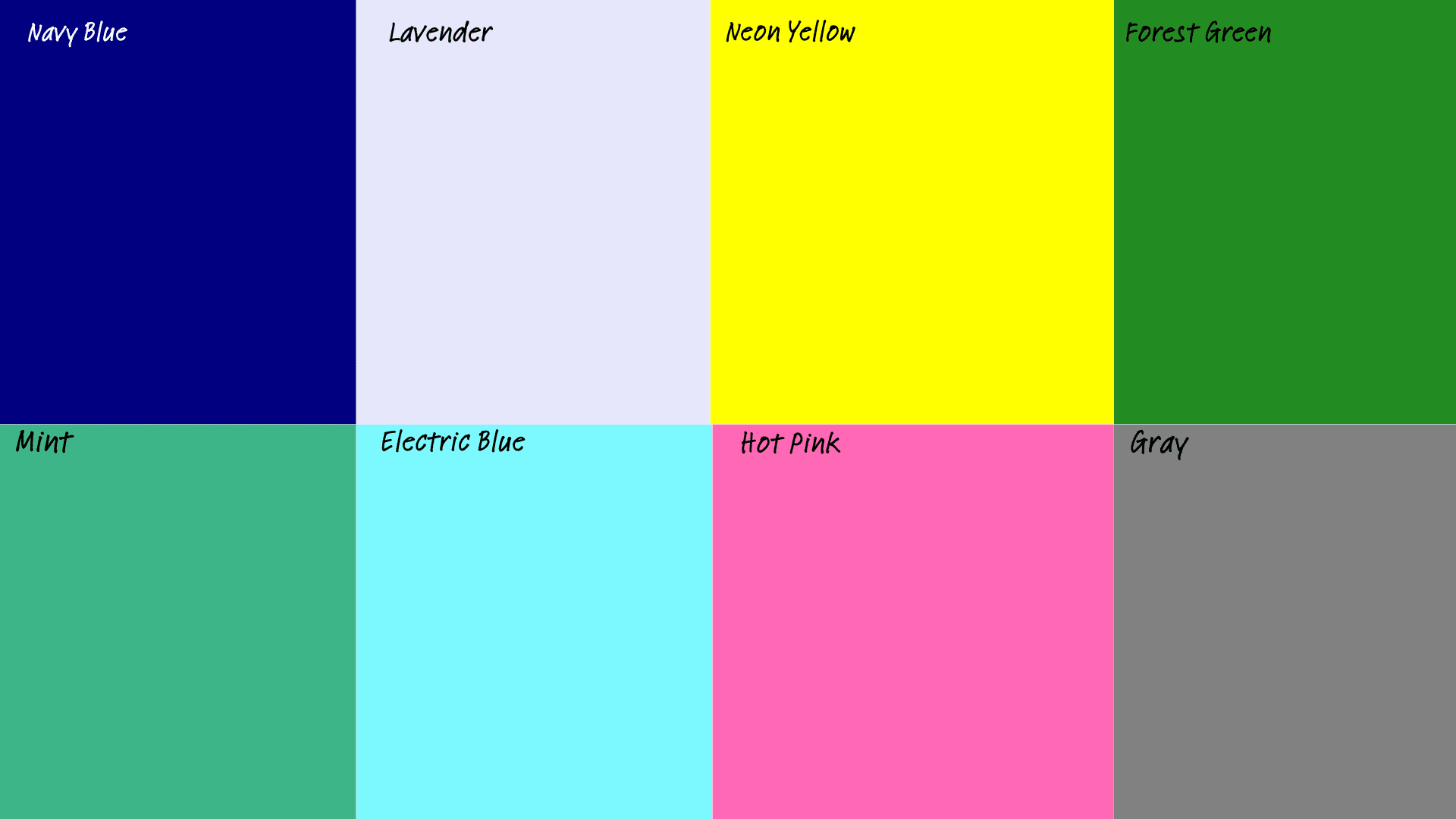
1. Dark and Cool Tones: Why They Can Dull Your Glow
Not all colors will help you look more tan. Some shades can make your skin appear paler or more washed out. Dark and cool tones like navy blue, forest green, and gray can absorb light rather than reflect it onto your skin.
Cool pastels like lavender and mint can also clash with the warm undertones in tanned skin. I’ve noticed that when I wear these colors close to my face, people rarely comment on my “healthy glow”; instead, these shades can make me look tired or less colorful.
2. Neon and Bright Colors: Potential Clashes with Tan Skin
While some bright colors increase a tan, neon shades can be tricky. These ultra-bright colors sometimes create an odd contrast with tanned skin that looks unnatural or harsh. Neon yellow, electric blue, and hot pink can overpower your natural glow instead of complementing it.
I’ve found these intense colors often draw attention to themselves rather than to my skin tone. When I wear neon, people notice my clothes first, not my tan, which defeats the purpose of trying to highlight my sun-kissed look.
Steps for Selecting the Right Colors for Tan Skin
Picking colors that make you look more tan isn’t complicated. You just need to know what works with your specific skin tone. Here’s how to find your perfect shades.
1. Assess Your Skin’s Undertone
First, check your skin’s natural undertone. Look at the veins on your wrist – blue veins mean cool undertones, green means warm, and both mean neutral. Warm undertones look best with warm colors, while cool undertones pair well with cool colors.
2. Try The Metal Test
Hold silver and gold jewelry next to your face. If gold makes your skin glow, you likely have warm undertones. If silver looks better, you probably have cool undertones. This simple test helps narrow down your color options.
3. Consider The Season
Your skin tone changes throughout the year. Colors that make you look tan in winter might be different from summer choices. Keep a seasonal selection of colors that work when you’re paler or more naturally tan.
4. Use The Color Wheel
Colors opposite your skin tone on the color wheel create a contrast that makes your tan pop. For olive skin, purples and blues work well. For golden skin, try deep blues and teals to increase your glow.
5. Test Before Committing
Always test colors by holding them up to your face in natural light. Take photos or ask a friend for their opinion. What looks good in store lighting might not work in daylight. Trust your eyes and how the color makes you feel
Incorporating the Best Colors for Tan Skin into Your Wardrobe
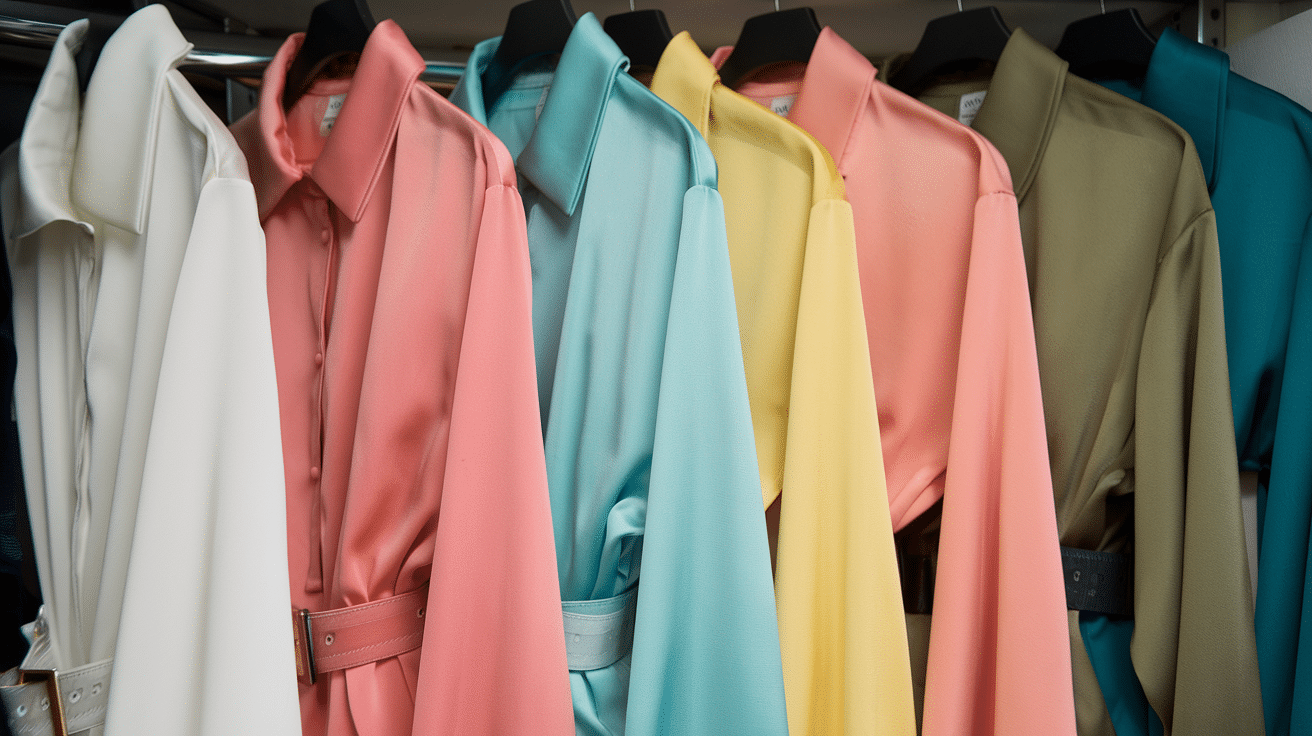
Adding tan-increasing colors to your closet doesn’t mean a complete wardrobe overhaul. With some smart shopping and organizing, you can slowly build a collection that makes your skin glow. Here’s how to make these colors work for your everyday life.
- Start with Basics: Begin with simple items in colors that make you look tan. T-shirts, tank tops, and basic blouses in bright white, coral, or teal give you versatile pieces to mix and match. These basics form the foundation of your tan-increasing wardrobe.
- Shop Your Closet First: Look through what you already own. Pull out items in colors that boost your tan and group them. You might be surprised at how many tan-increasing pieces you already have. This helps you see what gaps need filling.
- Create a Color Palette: Make a small collection of 5-7 colors that work best with your skin tone. Use this as your shopping guide. Having a defined palette makes future purchases easier and ensures everything works together.
- Add Pops of Color: If you’re not ready for head-to-toe bright colors, start small. A vibrant scarf, bold bag, or colorful shoes can bring tan-increasing colors near your skin without overwhelming you.
- Consider the Seasons: Adjust your tan-increasing colors with the seasons. Brighter shades work in summer, while richer versions of the same colors fit fall and winter. This keeps your style fresh while still making your skin glow.
- Test and Learn: Keep track of which outfits get you compliments on your “tan.” Take selfies in different lighting to see how colors truly affect your skin. This personal research helps you refine your choices over time.
Additional Tips for Accentuating Your Tan
Your clothes do more than just cover you. They tell a story about who you are and can make your skin glow. Here are some additional tips for accentuating your:
1. Fabric Choices: Light vs. Heavy Materials
Light fabrics like cotton, linen, and silk reflect more light onto your skin, boosting your tan. These materials bounce light back to your face and body.
Heavy fabrics like wool and velvet absorb light instead of reflecting it, which means less highlighting for your tan. In summer, I choose breathable, light fabrics that move and catch the light.
2. Patterns and Prints: Selecting the Right Designs
Simple patterns with clean lines work best think stripes, small polka dots, or subtle florals that don’t compete with your skin.
I avoid busy patterns that draw attention away from my tan. Soft, watercolor-like prints work well with tanned skin. If you love bold prints, limit them to one piece of your outfit.
3. Accessorizing: Using Jewelry and Other Accessories
Gold jewelry highlights the golden tones in tanned skin. Silver creates contrast that makes warm skin tones stand out.
Turquoise, coral, and brightly colored accessories sit opposite skin tones on the color wheel, making skin look deeper and richer.
Keep accessories balanced – with simple outfits, add bold earrings or a statement necklace. With busier patterns, keep accessories minimal.
Wrapping It Up
Finding colors that make you look tan is all about understanding how they work with your unique skin tone. I hope these tips help you pick shades that bring out your natural glow.
Remember, the right colors can transform how your skin looks without any actual sun exposure. Try on different options, note what works, and build your wardrobe around these flattering shades.
Your clothing choices are powerful tools for increasing your appearance. With the right colors, fabrics, and accessories, you can look sun-kissed year-round.
If you found this guide helpful, check out my blog “What Is Satin Color? Everything You Need to Know” for more insights on how fabric types affect color perception and your overall look.
Now go ahead and experiment with these color tricks to boost your tan!




